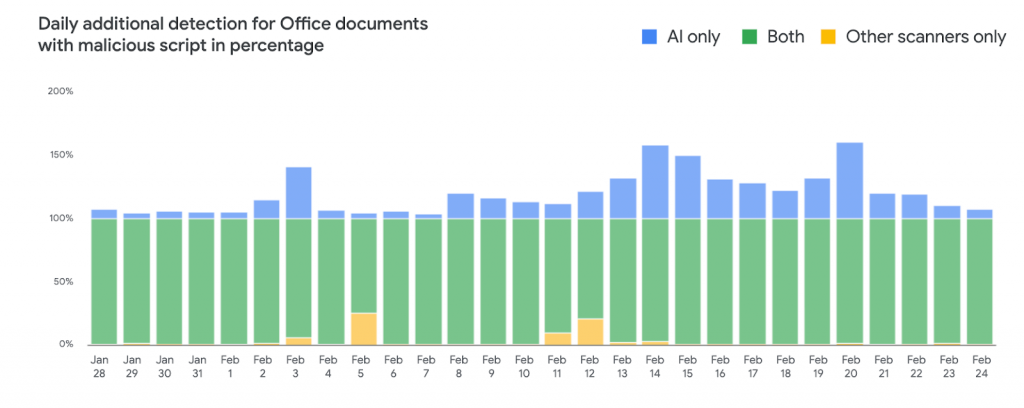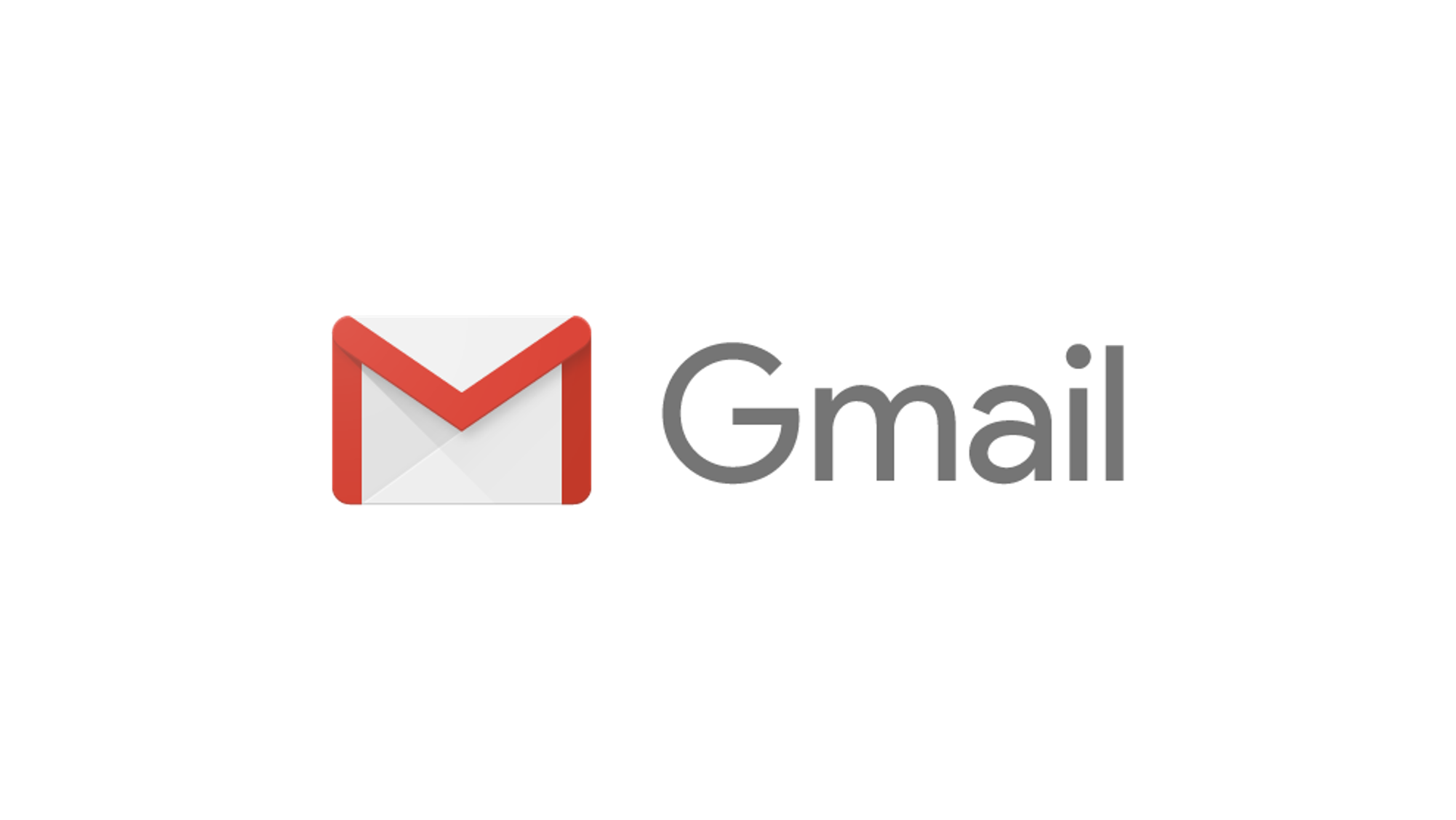When you think about the volume of email that is processed through Gmail servers every day, particularly taking into account the G Suite users, there’s a lot of data.
Unsurprisingly, nefarious actors like to access other people’s data, and so undoubtedly – through no fault of Google – there are a lot of malicious emails included in that as well. According to Google’s latest security blog, Gmail blocks more than 99.9% of threats from reaching Gmail inboxes.
To really put into context the scale of that operation, Gmail scans over 300 billion attachments for your safety every single week.
It shouldn’t surprise anyone that to stay ahead of the bad guys, Google has turned to a machine learning document scanner to improve the level of detection. Not only has it improved detection, but it has made a significant difference in the detection of malicious attacks and attachments via Gmail.
 Since the new scanner launched at the end of 2019, Google has increased its daily detection coverage of Office documents that contain malicious scripts by 10%. The technology is especially helpful at detecting adversarial, bursty attacks. In these cases, Google’s new scanner has improved our detection rate by 150%.
Since the new scanner launched at the end of 2019, Google has increased its daily detection coverage of Office documents that contain malicious scripts by 10%. The technology is especially helpful at detecting adversarial, bursty attacks. In these cases, Google’s new scanner has improved our detection rate by 150%.
Given the widespread use, perhaps it isn’t a shock to many that Microsoft Office documents account for 58% of the malware that is scanned and blocked by Gmail servers. As the technology is further developed, Google are aiming for even better detection by running multiple systems side by side.
The Internet is full of dangers, what protections do you use to keep your system safe from these attacks?





What about false positives? Must be a few, surely?
How does the sender overcome this?
Any news from Google as to this potential issue?